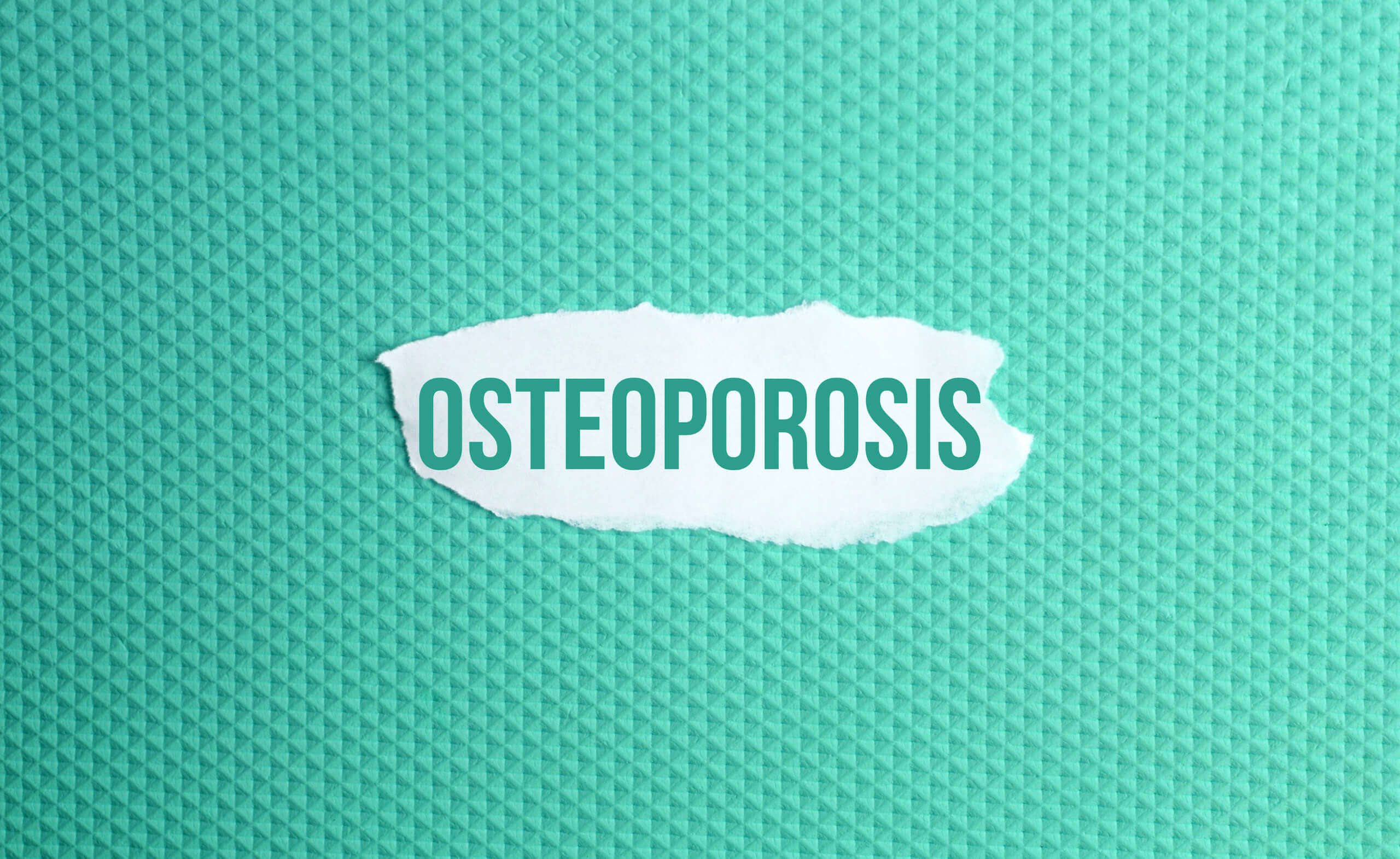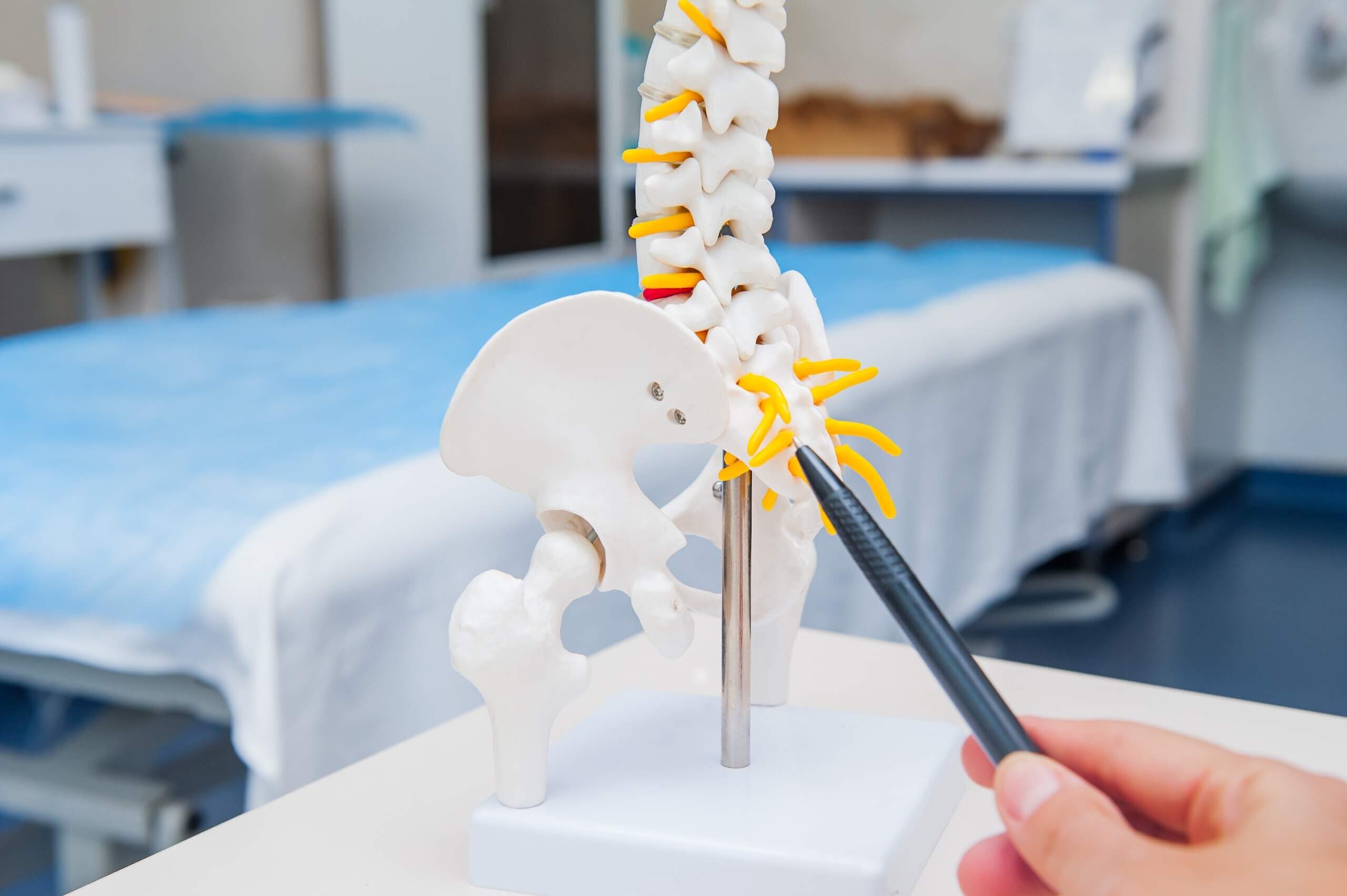
Integrating Physiotherapy into Your Osteoporosis Journey

Osteoporosis, often regarded as the “silent thief,” is a pervasive and life-altering disease that affects millions of individuals worldwide. The impact of this condition on bone mineral density can be devastating, leading to increased fracture risk and, consequently, increased risk of a significant decline in overall quality of life.
In our fast-paced world, where we are constantly seeking the latest breakthroughs and evidence-based practices, it’s essential to recognize the power of physiotherapy in both the prevention and management of osteoporosis, measuring low bone mass and density can be an important step in the diagnosis process.
So, let’s begin our exploration of how physiotherapy can help with osteoporosis prevention and management, providing you with the knowledge and tools to take charge of your bone, improve balance and mineral density and live life to the fullest.
Decoding Osteoporosis: A Closer Look
Osteoporosis, often likened to an insidious thief that silently robs individuals of their bone mass, is a complex and multifaceted condition that warrants a closer look. This pervasive disease affects a staggering number of people globally and poses significant challenges in terms of diagnosis, prevention, and management.
Drawing from the wealth of knowledge developing osteoporosis provided by influential physiotherapy experts, we will delve into the intricacies of osteoporosis and shed light on the various factors that contribute to its development.
At its core, osteoporosis is a progressive disease that leads to the weakening of bones, making them more prone to fractures. This condition occurs when the body’s natural process of bone growth and remodeling is disrupted, resulting in an imbalance between bone resorption and formation. While this may sound highly technical, understanding this fundamental concept is crucial in grasping the impact of chronic pain and osteoporosis on an individual’s life.
Identifying Risk Factors for Osteoporosis
Risk factors for osteoporosis are vast and varied, encompassing both modifiable and non-modifiable elements.
- Age
- Gender,
- Family history
Those elements play a significant role in determining an individual severe postmenopausal osteoporosis in women. However, lifestyle factors such as poor nutrition, lack of weight bearing exercises, and smoking can also contribute to the development of secondary osteoporosis. By acknowledging these risk factors, we can appreciate the importance of early intervention and prevention strategies, including how to treat osteoporosis effectively.
Recognizing Signs and Symptoms
One of the most insidious aspects of osteoporosis is the lack of overt symptoms until the disease has progressed to a critical stage. This is precisely why osteoporosis is often referred to as a “silent” disease. It is not until a fracture occurs, usually following a seemingly innocuous event, that the presence of osteoporosis is revealed. As such, awareness and proactive measures are key to manage osteoporosis and mitigating the detrimental effects of this disease.
Now that we have laid the foundation for understanding osteoporosis, it’s essential to recognize the vital role physiotherapy can play in combating this debilitating condition.
By leveraging the expertise and practical knowledge of seasoned professionals, we can empower individuals to take charge of their bone health and reclaim their quality of life. In the following sections, we will explore the various physiotherapy techniques and strategies that can be employed for both primary osteoporosis prevention and management of bone loss, as well as creating an appropriate exercise program.

How Physiotherapy Can Help With Osteoporosis Prevention and Management
Physiotherapy is a powerful ally in the fight against severe osteoporosis, with its ability to target specific areas of concern, improve bone density and empower individuals to take a proactive approach to their bone health.
By combining evidence-based research and years of practical experience, physiotherapy offers a multifaceted and tailored approach to osteoporosis prevention. Let’s explore the various benefits and techniques that physiotherapy brings to the table in preventing this debilitating disease.
The Advantages of Physiotherapy for Bone Density
- Strengthening bones: Regular exercise, particularly weight-bearing and resistance exercises, stimulates bone formation and increases bone density, helping to counteract the natural decline that occurs with age.
- Improving balance and coordination: Physiotherapy can enhance balance, coordination, and overall neuromuscular control, reducing the risk of falls and fractures.
- Promoting a healthy lifestyle: By incorporating exercise and physical activity into daily routines, individuals can also benefit from improved overall health, including better cardiovascular fitness, weight management, and mental well-being.
Mastering Physiotherapy Techniques for Osteoporosis Management
For those who already diagnosed with osteoporosis, physiotherapy remains a crucial component of their overall management strategy. By drawing on the expertise of seasoned physiotherapists and evidence-based research, physiotherapy can help address the unique challenges presented by osteoporosis, from reducing fracture and risk of fracture, to improving mobility and functional abilities. Let’s delve into the various physiotherapy techniques that can be employed for osteoporosis management.
Minimizing Fracture Risk
- Perfecting posture
- Maintaining proper spinal alignment through exercises and postural awareness
- Strengthening back and core muscles to support the spine
- Practicing safe movements and lifting techniques to protect the spine during daily activities
- Implementing fall prevention strategies
- Enhancing balance and coordination with targeted exercises and activities
- Identifying and addressing environmental hazards in the home and community
- Recommending appropriate assistive devices, such as canes or walkers, if necessary
Alleviating Pain and Discomfort
- Manual therapy
- Gentle joint mobilizations and soft tissue techniques to alleviate pain and stiffness
- Myofascial release to address muscle imbalances and restrictions
- Dry needling or acupuncture for targeted pain relief and muscle relaxation
- Pain education and self-management strategiesUnderstanding the underlying causes of pain and adopting a proactive approach to pain management
Incorporating relaxation techniques, such as deep breathing, meditation, or visualization, to help manage pain and stress

Enhancing Mobility and Functional Abilities
Vertebral Fracture Management
- Incorporating spinal stabilization exercises to strengthen the muscles surrounding the affected vertebrae
- Practicing safe movement patterns and body mechanics to protect the spine and prevent further injury
Hip fracture prevention and spinal fracture recovery
- Strengthening hip and thigh muscles to improve stability and reduce fall risk
- Implementing progressive weight-bearing and functional exercises to facilitate recovery and return to daily activities
Weight-bearing exercises
- Walking, jogging, or dancing
- Tennis or other racquet sports
- Hiking and stair climbing
Resistance training
- Free weights, resistance bands, or weight machines
- Bodyweight exercises like push-ups, squats, and lunges
- Functional movements that mimic daily activities
Balance and flexibility exercises
- Yoga or Pilates
- Tai Chi or Qigong
- Stability exercises on a balance board or BOSU ball

Customizing Exercises Plan For Specific Osteoporosis-related Concerns
A well-rounded and individualized exercise plan is vital for optimizing the benefits of physiotherapy in osteoporosis prevention. Factors to consider when a physical therapy guide developing a plan include:
- Assessing your risk: Work with a healthcare professional to identify your risk factors for osteoporosis and develop an appropriate prevention strategy.
- Setting realistic goals: Establish achievable short- and long-term goals that align with your current fitness level and lifestyle.
- Balancing exercise types: Incorporate a mix of weight-bearing, resistance, balance, and flexibility exercises to target various aspects of bone health.
- Adjusting intensity and duration: Gradually increase the intensity and duration of your exercises, while always prioritizing proper form and technique to minimize the risk of injury.
- Seeking professional guidance: Consult with a one of our registered physiotherapists at Push Pounds to ensure your exercise plan is safe and effective, and make adjustments as needed to accommodate any changes in your health or lifestyle.
Weaving Physiotherapy into Your Osteoporosis Treatment Strategy
Collaborating with a physiotherapist
- Establishing communication: Foster open lines of communication between your physiotherapist, primary care physician, and other healthcare providers to ensure a cohesive and well-coordinated treatment plan.
- Sharing progress and insights: Keep all members of your healthcare team informed about your progress, challenges, and any new insights or concerns that arise during your physiotherapy sessions.
- Coordinating care: Work together with your healthcare team to schedule appointments, tests, and follow-ups in a way that supports your overall treatment plan and maximizes the benefits of each intervention.
Adapting exercises as needed
- Pharmacological interventions: Combine physiotherapy with appropriate medications, as prescribed by your physician, to optimize bone health and reduce the risk of fractures.
- Nutritional support: Work with a dietitian or nutritionist to develop a bone-healthy diet rich in calcium, vitamin D, and other essential nutrients to complement your physiotherapy program.
- Lifestyle modifications: Address lifestyle factors that may exacerbate osteoporosis, such as smoking cessation, stress reduction, and prioritizing quality sleep, in tandem with your physiotherapy regimen.
Harmonizing physiotherapy with other treatment options
- Regular assessments: Schedule periodic assessments with your physiotherapist and healthcare team to evaluate the effectiveness of your treatment plan and make adjustments as needed.
- Tracking your progress: Keep a journal or use a mobile app to track your exercise routine, medications, and other treatment interventions, noting any changes in symptoms, progress, or setbacks.
- Staying informed: Stay up-to-date with the latest research and advancements in osteoporosis treatment and physiotherapy techniques, and discuss any new findings with your healthcare team to ensure you’re receiving the best possible care.
Monitoring progress and fine-tuning the treatment plan
- Setting realistic expectations: Understand that managing osteoporosis is a lifelong commitment, and progress may be gradual. Be patient and maintain a positive outlook as you work towards your goals.
- Finding support: Connect with others living with osteoporosis through support groups, online forums, or community programs, sharing experiences and learning from each other’s journeys.
- Celebrating achievements: Acknowledge and celebrate milestones, both big and small, as you progress through your osteoporosis treatment plan, and use these accomplishments as motivation to stay committed to your overall health and well-being.

FAQ
What is the Role of Physical Therapy in Osteoporosis Management?
Physiotherapy plays a critical role in the management of osteoporosis. Physiotherapeutic treatments are designed to improve bone health, muscle strength, flexibility, and balance. By incorporating specific exercises, physiotherapy helps to reduce the risk of fractures in individuals with osteoporosis and effectively manage pain. These treatments can also contribute to improving bone density and slowing bone loss.
Can Physiotherapy Prevent Osteoporosis?
While physiotherapy cannot prevent osteoporosis, it can help in the prevention and management of osteoporotic conditions in patients with osteoarthritis. A physical therapist creates personalized exercise programs that target strengthening the bone mass over a week or month, improving balance, and reducing the risk of falls. These programs can also help individuals achieve their peak bone mass.
What Are Benefits of Physical Activity in Osteoporosis Prevention and Management?
Physical activity has been proven to prevent and maintain osteoporosis, with evidence suggesting it plays a crucial role in regulating bone mineral density. Regular physical activity also improves cardiovascular health and has a positive impact on overall quality of life. Engaging in physical activity promotes strong bones and supports bone growth.
What Physiotherapy Exercises Help osteoporosis Management?
There are a variety of physiotherapy exercises that can be helpful in managing osteoporosis. These include low-impact exercises such as walking, dancing, low-impact aerobics, using elliptical machines, stair climbing, and gardening. These exercises are effective at measuring bone density and removing minerals, reducing their accumulation in joints and muscles, and have numerous cardiovascular benefits. A physiotherapist can develop a tailored exercise program that is specifically designed to meet an individual’s unique needs and goals.

